How to buy the right headphones: all the big questions answered
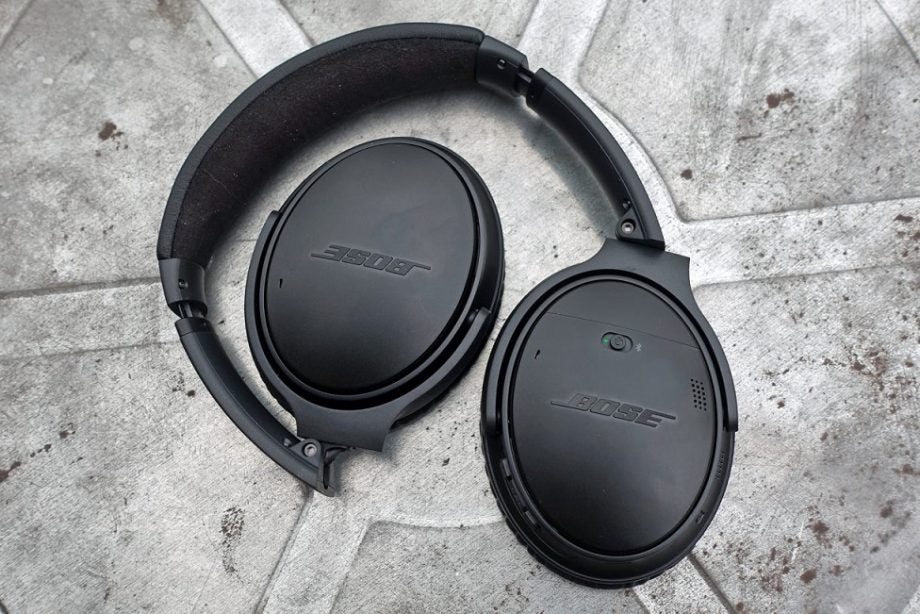
How to buy the right headphones: If you like listening to music then headphones offer a great experience. But with so many types available, which should you go for?
We cover the various options, so you can distinguish in-ears from wireless earbuds, as well as offering some advice for picking up a pair of headphones that’s right for you.
Related: Best headphones
How to buy the right headphones
Whatever you’re buying, our first recommendation is always to ask yourself the purpose for which you’re buying the item?
In terms of headphones, do you need them for sports, or for casual listening? Perhaps you’re a frequent traveller, for whom portability is key? Or maybe audio performance is the priority, above everything else? Start to think about the environment in which you’ll use them and the features you are looking for, and it will soon become clear which direction you need to go in.
What type of headphone should you get?
In-ear or in-ear monitors (canalphones) can be split into three types: in-ears, earbuds and earphones. In-ears sit within the ear canal, while earphones sit on the outer ear, as do earbuds, with the driver units directed towards the ear canal.
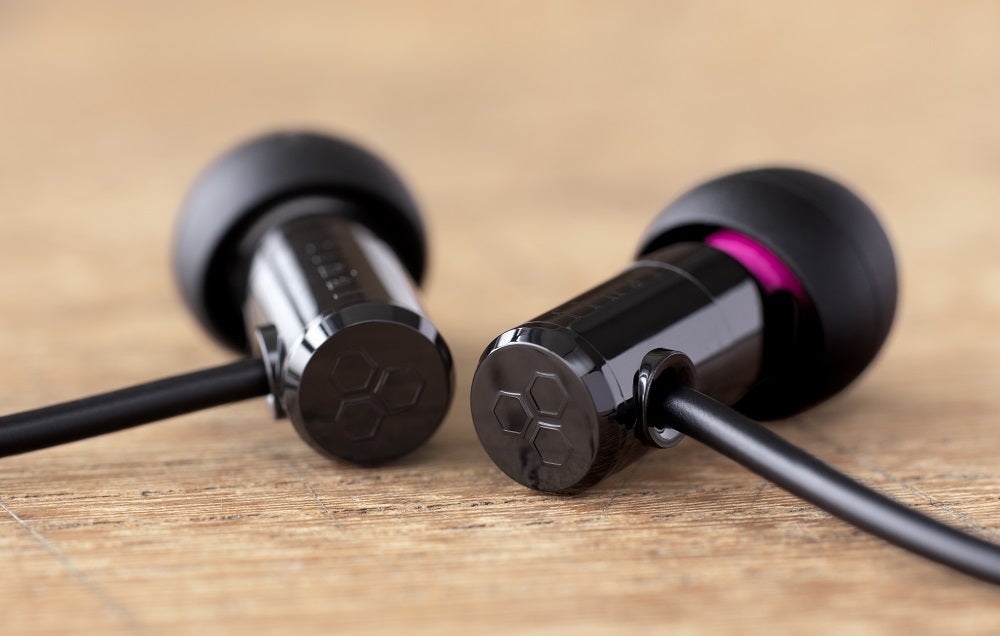
The benefit of an in-ear is a tight fit that reduces sound leakage. They’re lightweight, too, and their compact form makes them great for portability. Comparatively, earphones and earbuds offer reduced isolation, but this means the listener is more aware of their surroundings.
For greater stability, there are models with shark-like fins, or over-ear hook versions where the wire loops over and down the back of your ear. Wireless in-ears often come in the form of a neckband that rests on the small of your neck (the thicker part of the neckband houses the battery), such as the Huawei Freelace Pro.

In-ears can break easily, however, and are prone to loose wiring. Some are of the opinion that sound quality isn’t as good as other types, but premium options – like you’d get from the Campfire Andromeda – have a higher ceiling for better performance. Some people find the fit of in-ears uncomfortable, since they burrow into the ear.
You may come across IEMs or in-ear monitors. The name is often interchangeable with in-ears, but headphones described as monitors focus on a superior listening experience and are often used by musicians, engineers, or audiophiles.
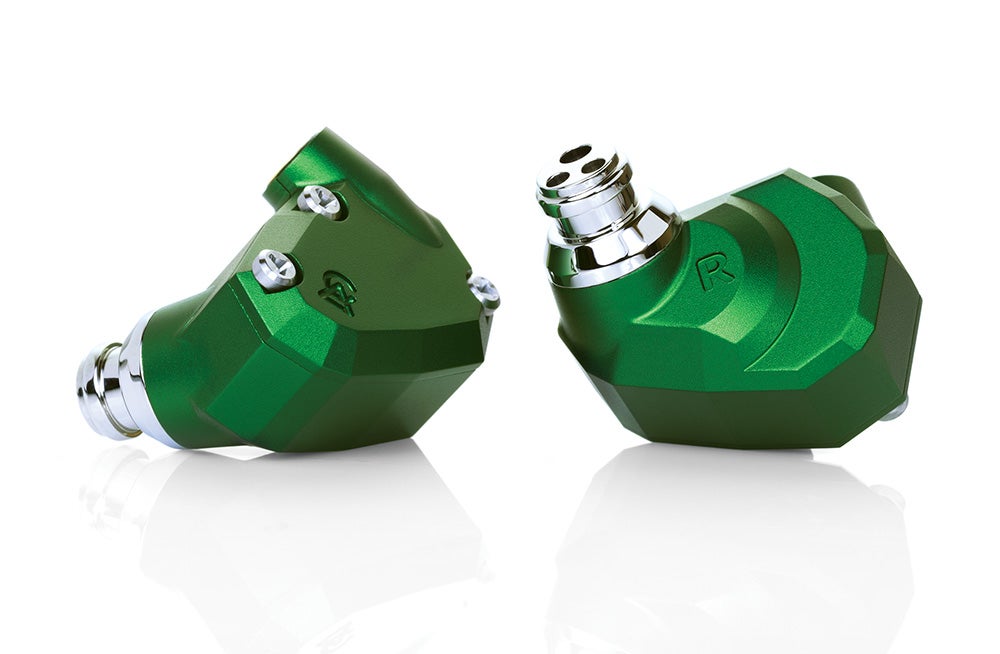
Over-ears (circumaural) are probably the most popular type. They fit over the head and the ears and offer greater noise isolation (shielding from external noises). Since they’re bigger in size, the earcups are able to house larger driver units, which translates to a bigger sound. Of all the options available, they’re the most comfortable to wear as a result of their thick earpads – although they can generate heat and sweat.
Their size makes them heavier, especially models designed for home use. However, you can also expect such headphones to offer greater support with bigger earpads. A good example of such headphones would be the Philips Fidelio X3.
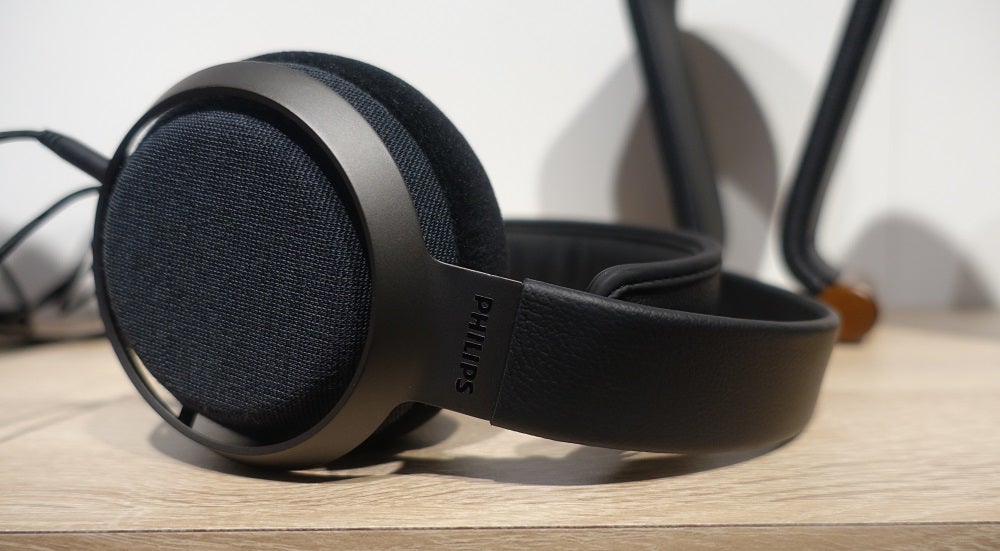
On-ear (supra-aural) are similar to over-ears in that they sit on the head, but they’re a more compact size and don’t weigh as much. They’re great for portability, but their reduced size does mean a smaller sound. The fact that they sit on the ear can also result in discomfort as they heat up the ear. It’s a common affliction, but some models – the Status BT One, for example – offer a good fit.
True wireless earbuds are the latest type of headphones to hit the market, with examples including the Cambridge Melomania 1, Grado GT220 and Shure Aonic 215.
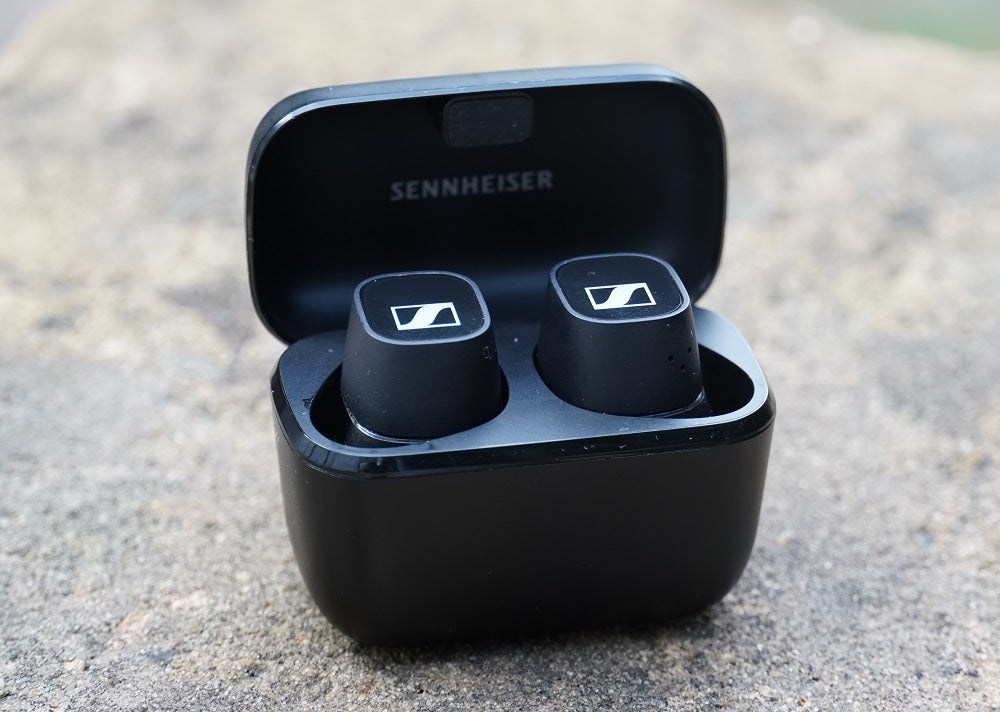
Unlike in-ears, there’s no wire connecting the left and right earbuds. They’re bulkier than conventional in-ears, but that can help to create a seal against external sounds. They often come in pocket-sized cases that have the ability to recharge the earbuds’ battery. The design of the Apple AirPods inspired other brands to produce earbuds that sit on the earlobe, but the distance from the ear and reduced noise isolation impacts audio performance.
Advances in technology mean they can include ANC at a more convenient size than over-ears, such as the Bose QuietComfort Earbuds or Sony WF-1000XM3.
Open-backed or closed-backed headphones?
Open-backed headphones have a permeable membrane that allows sounds to leak both in and out of the headphones. Some prefer the more natural tone of such models, but leaky sound not only means you’ll disturb folk in the immediate vicinity, but you’ll hear the external noise around you, too. The best examples are pairs from Grado.
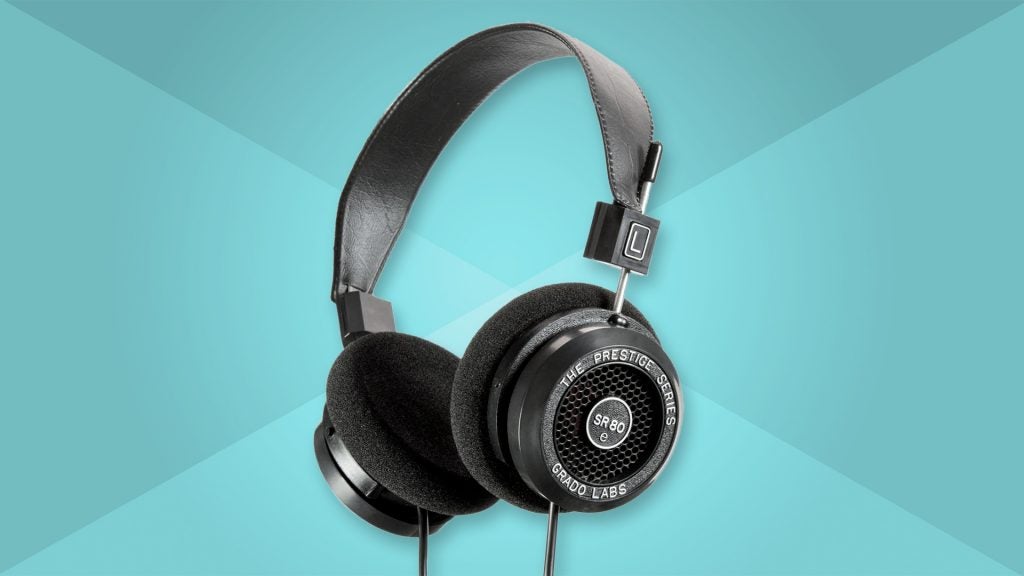
Closed-backed headphones are sealed, so they keep sounds in and noise out. As a result, closed-backed headphones feature better bass performance than an open-backed model and better noise isolation, too.
There is a third option: semi-open. They let in sound either through the front or back portion of the headphones via openings or vents. They bear the advantages of a more natural sound but also leak what’s around you. Open and semi-open are more suited for use at home, while closed-back models can be used both in the home and out. Open and semi-open headphones tend to be more expensive.
Wired vs wireless
Freedom from cables, the ability to control playback onboard, and the inclusion of smart features (voice assistants, transparency modes) are all reasons that wireless headphones such the Sony WH-1000XM4 are more convenient. Wireless connectivity has improved, and while interference can still be an issue in busy areas, signal strength is more consistent.
Related: Best wireless headphones
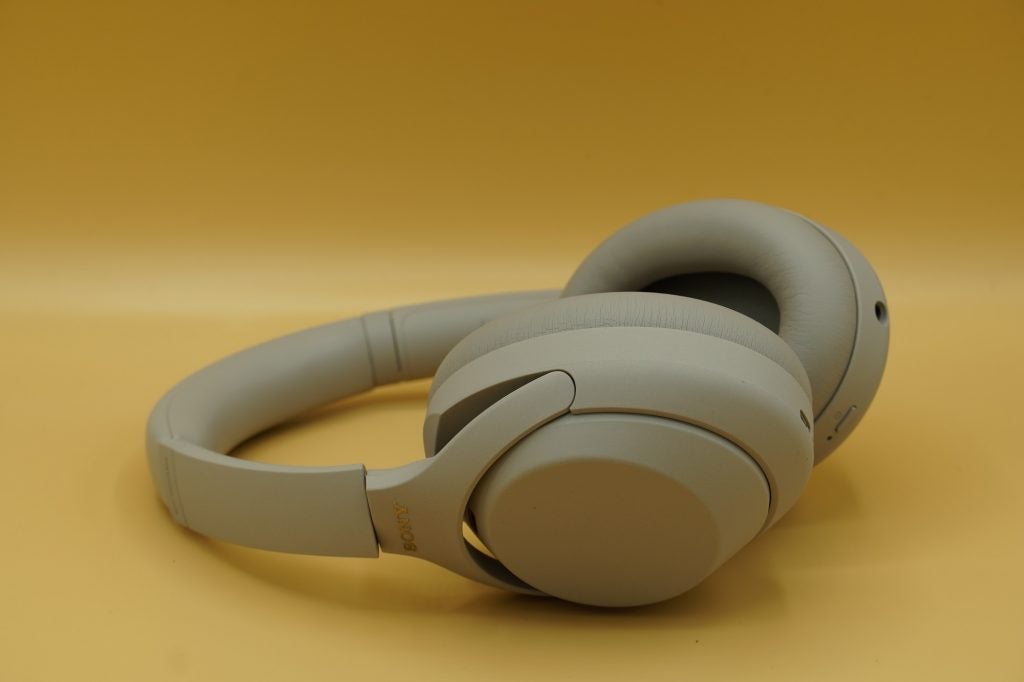
There was a time when wired cans were considered to sound better than wireless, but this is no longer the case. The advantage of wired headphones is that they don’t require charging – they are always on, so to speak. There’s no wireless interference and they won’t drain a mobile device’s battery life, although more efficient Bluetooth codecs make this less of an issue.
Wired headphones are more prone to wear and tear, however, as cables can become torn and contact plates can fail over time. And with an increasing number of smartphones hitting the market without physical connections, aside from personal music players, mobile devices favour a wireless connection.
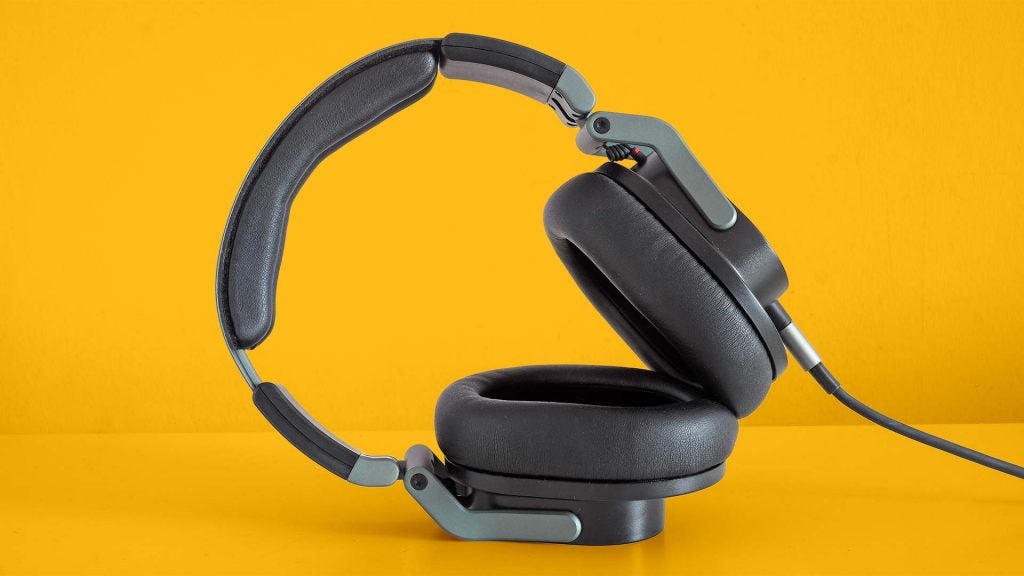
Rather, wired headphones are becoming more suitable for home and studio use, while wireless models dominate outside the home. Cabled options – such as the Austrian Audio Hi-X55 – are best-suited for critical listening through a hi-fi system, for a precise, interference-free experience.
ANC or not?
If you want to be isolated from the world, a pair of active noise cancelling (ANC) headphones are the best option. They use microphones to cancel out the frequencies coming towards the listener, blocking out external sounds in the process.
Related: Best noise-cancelling headphones
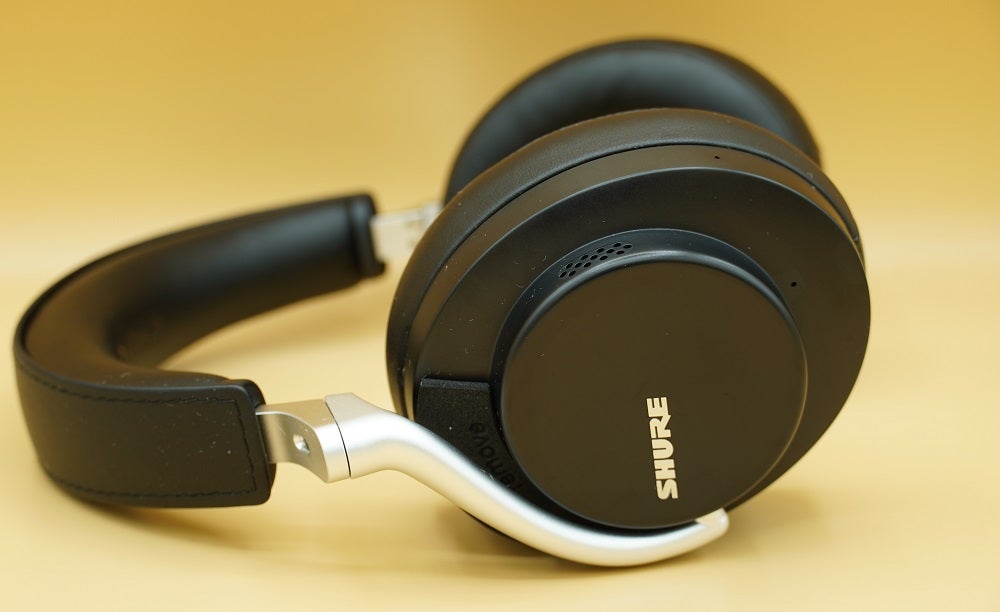
Many headphones bill themselves as featuring ANC, but there are different types and premium headphones are the most effective at reducing noise. Headphones under £100 don’t tend to offer the best ANC performance, although some models such as the TaoTronics SoundSurge 55 put in a commendable effort. For the best performance you’re looking at spending around £200 for wireless earbuds and over £300 for a full-sized headphone.
What else to look out for?
IP stands for Ingress Protection, and it classifies the degree to which a set of headphones can resist against dust, moisture, water, and other intrusions. Sports-orientated headphones often come with an IP rating to indicate their ability to guard against sweat. More standard headphones list the IP rating to ward off moisture or rain – although note that having an IP rating doesn’t necessarily mean the headphones will be a great fit for the gym. If you’re after a sports pair, consider models that come with fins or wings to ensure they stay in your ears during workouts.
Related: Best running headphones
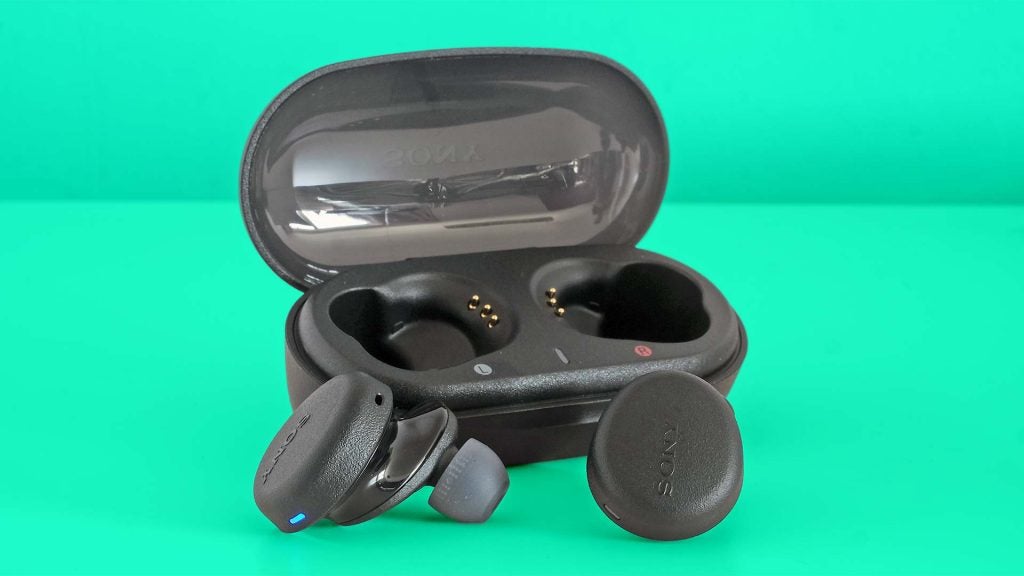
It’s also worth finding out about the codecs a wireless headphone supports. The lowest-quality Bluetooth codec is SBC, while AAC is supported by iOS devices. aptX offers CD-quality playback, while aptX-HD promises 24-bit/48kHz support. Of higher quality still is Sony’s LDAC, which is 24-bit/96kHz. Headphones that support aptX and above have a better chance at reproducing music at greater levels of fidelity. Of course, you’ll need access to higher-quality tracks to hear it.
Related: What is aptX and aptX-HD?
Wireless codecs aren’t an issue for wired headphones. If you consider yourself an audiophile then look for the Hi-Res badge on the packaging for headphones, since this indicates that you can listen to music with a higher bit-rate than CD (16-bit/44.1kHz).
Sound advice
When it comes to purchasing your headphones, the most common avenue is still likely to be online. However we’d suggest demoing in a store if possible, so you garner a better idea of how they sounds and feel before you buy.
We’d also recommend purchasing from authorised retailers or from the manufacturer themselves. While it might be tempting to go off the beaten path, you’ll open yourself up being ripped off, too.
Purchasing direct doesn’t always result in the cheapest price, so it’s worth waiting for prices to drop in sales around Amazon Prime Day, Black Friday or post-Christmas sales to bag yourself a discount.


